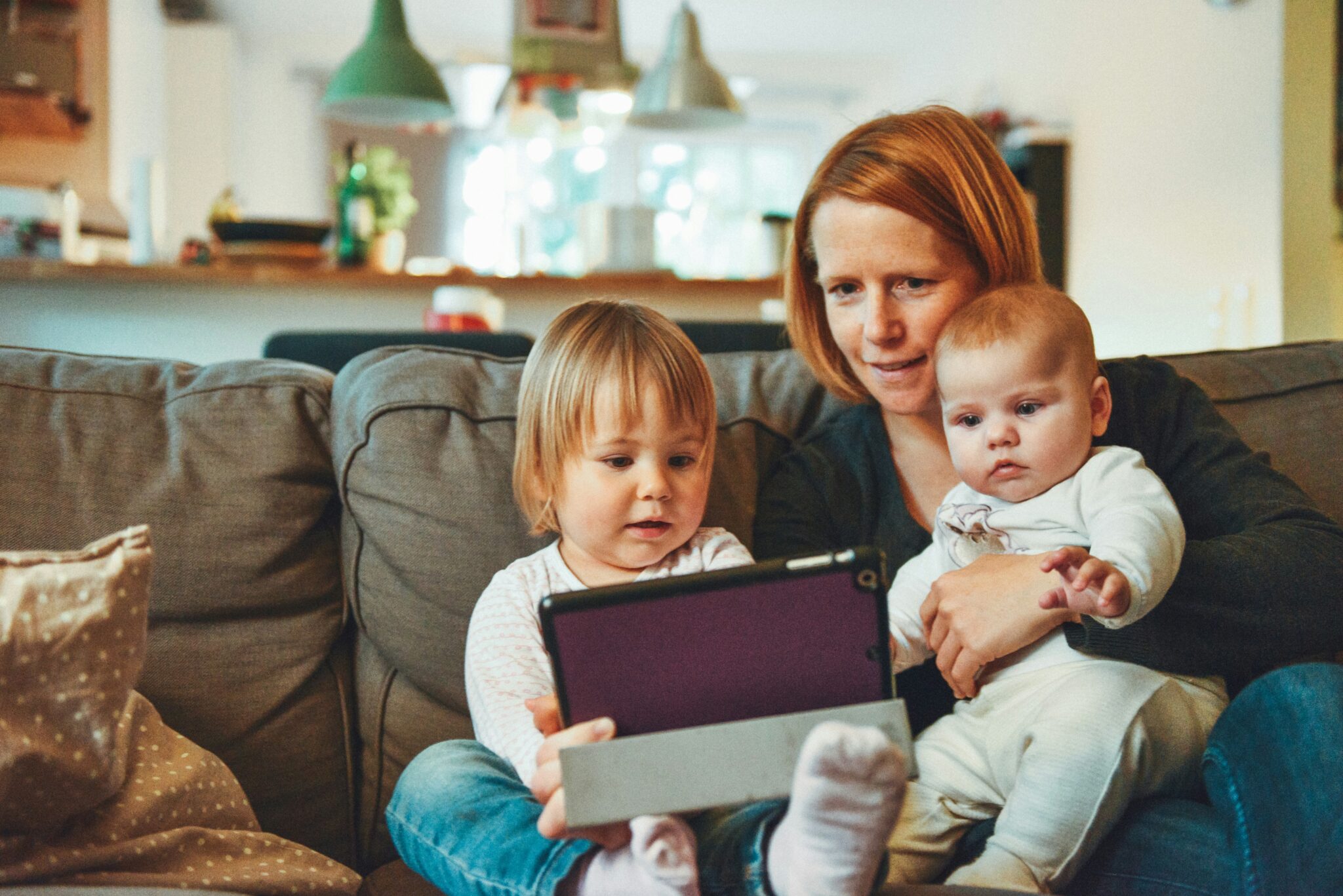Technology is playing an increasingly vital role in pediatric home health care, offering innovative solutions that improve health outcomes for children with chronic conditions, disabilities, or post-surgical needs. By integrating advanced technologies into home health care, providers can offer more personalized, efficient, and effective care, allowing children to receive high-quality treatment in the comfort of their own homes.
From telemedicine and remote monitoring to personalized treatment plans and mobile health applications, technology is transforming how care is delivered, making it more accessible and tailored to the individual needs of each child. This blog explores the various ways technology is enhancing pediatric home health care, empowering families with the tools and knowledge they need to manage their child’s health effectively. As emerging technologies continue to evolve, they hold the potential to further revolutionize home health care, offering new possibilities for improving the quality of life for young patients and their families.
The Role of Telemedicine in Pediatric Home Health
Telemedicine has become a cornerstone of pediatric home health care, providing a convenient and effective way for children to receive medical consultations without the need for frequent in-person visits. This technology allows healthcare providers to conduct virtual consultations, assess symptoms, and monitor progress in real time, ensuring that children receive timely care regardless of their location. For families in remote or underserved areas, telemedicine bridges the gap, offering access to specialists and reducing the burden of travel.
Telemedicine also enables more frequent check-ins, allowing for early detection of potential issues and adjustments to treatment plans as needed. This approach not only improves health outcomes but also reduces the stress and disruption associated with traditional healthcare visits. As telemedicine continues to advance, with more sophisticated tools and platforms, it is expected to become an integral part of pediatric home health care, offering a flexible, efficient, and patient-centered approach to managing health.
Remote Monitoring: Keeping a Close Eye on Pediatric Health
Remote monitoring technology has revolutionized the ability to track a child’s health status continuously, providing real-time data that healthcare providers can use to make informed decisions. This technology involves the use of wearable devices and sensors that monitor vital signs, such as heart rate, oxygen levels, and glucose levels, without the need for constant in-person check-ups.
For children with chronic conditions, remote monitoring offers peace of mind by ensuring that their health is consistently monitored, allowing for immediate intervention if any abnormalities are detected. This proactive approach can prevent complications, reduce hospitalizations, and improve overall health outcomes. Additionally, remote monitoring supports personalized care, as data collected over time helps to refine and adjust treatment plans based on the child’s unique health patterns. As technology advances, remote monitoring systems are becoming more sophisticated, user-friendly, and accessible, making them an essential component of pediatric home health care.
Personalized Treatment Plans: Tailoring Care to Each Child
Remote monitoring technology has revolutionized the ability to track a child’s health status continuously, providing real-time data that healthcare providers can use to make informed decisions. This technology involves the use of wearable devices and sensors that monitor vital signs, such as heart rate, oxygen levels, and glucose levels, without the need for constant in-person check-ups. For children with chronic conditions, remote monitoring offers peace of mind by ensuring that their health is consistently monitored, allowing for immediate intervention if any abnormalities are detected.
This proactive approach can prevent complications, reduce hospitalizations, and improve overall health outcomes. Additionally, remote monitoring supports personalized care, as data collected over time helps to refine and adjust treatment plans based on the child’s unique health patterns. As technology advances, remote monitoring systems are becoming more sophisticated, user-friendly, and accessible, making them an essential component of pediatric home health care.
Mobile Health Applications: Empowering Families with Knowledge and Tools
Mobile health applications are transforming pediatric home health care by empowering families with the knowledge and tools they need to manage their child’s health effectively. These apps offer a wide range of features, including symptom tracking, medication reminders, appointment scheduling, and access to educational resources. For parents and caregivers, mobile health apps provide an easy-to-use platform for organizing and managing their child’s care, ensuring that they stay on top of treatment plans and appointments.
Additionally, these apps often include features that allow direct communication with healthcare providers, enabling families to ask questions, report concerns, and receive guidance in real time. The availability of reliable health information through these apps also helps parents make informed decisions about their child’s care, fostering a more proactive approach to health management. As mobile technology continues to evolve, the capabilities of health apps are expected to expand, offering even more sophisticated tools for monitoring and improving pediatric health.
The Future of Pediatric Home Health: Emerging Technologies and Trends
The future of pediatric home health care is poised for exciting advancements, with emerging technologies promising to further enhance care delivery and patient outcomes. Artificial intelligence (AI) is expected to play a significant role, particularly in predictive analytics, where AI can analyze data from remote monitoring systems to predict potential health issues before they arise. Virtual reality (VR) and augmented reality (AR) are also being explored as tools for physical therapy and pain management, offering immersive environments that make treatment more engaging for children.
Additionally, the continued development of telehealth platforms will make it easier for healthcare providers to deliver complex care remotely, expanding access to specialized services. Wearable technology is likely to become even more sophisticated, with devices that not only monitor vital signs but also provide therapeutic interventions, such as insulin delivery for diabetic patients. As these technologies become more integrated into pediatric home health care, they will continue to revolutionize how care is provided, making it more personalized, proactive, and effective.


